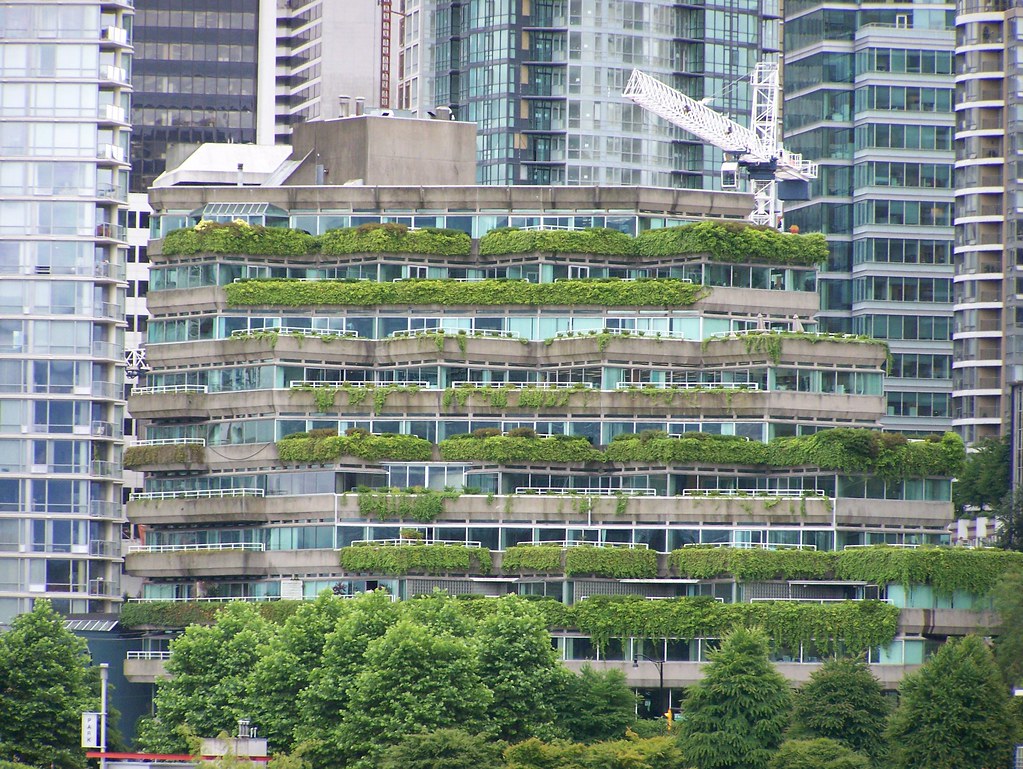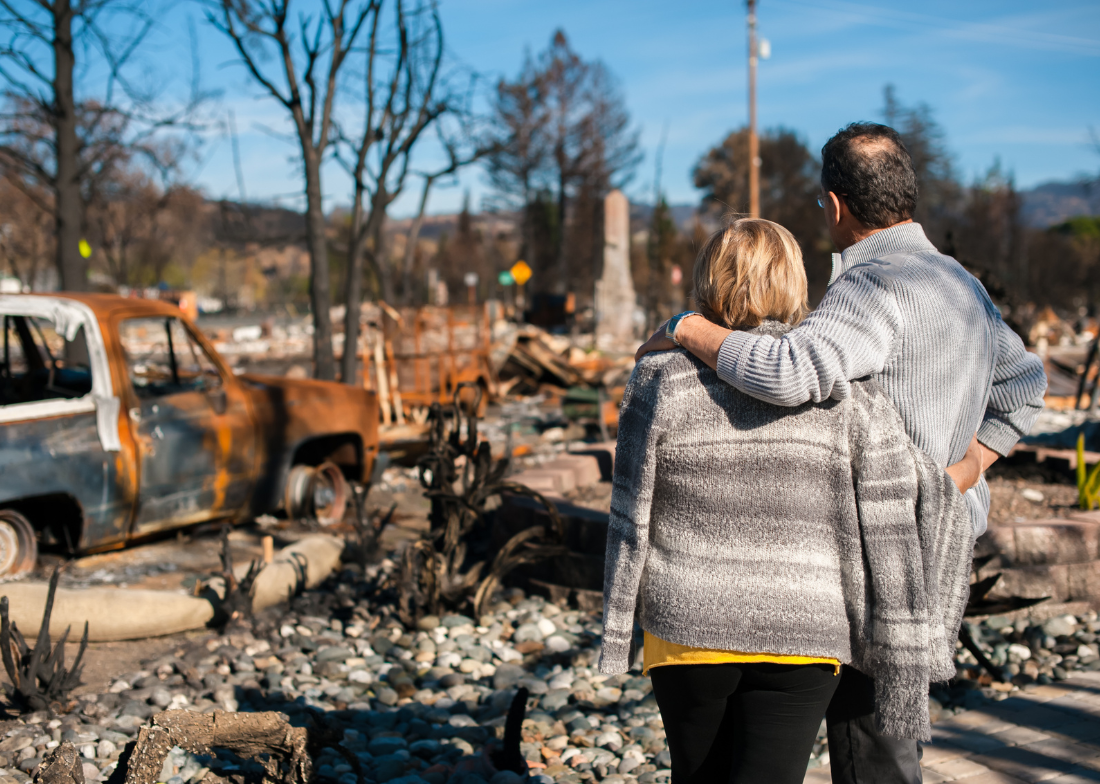Infrastructure and Climate Change 101
Victoria Whalen, ACE Fellow
|April 13, 2022

"In Beira, Cyclone Idai Caused Damage to infrastructure" by World Bank Photo Collection
Throughout history, modern society views infrastructure as the embodiment of development. However, as the climate crisis continues, infrastructure such as buildings, roads, and bridges are collapsing under the increase of frequency and intensity from natural disasters and other weather events. From rising sea levels to intense heat buckling roads, infrastructure is failing to adapt to the climate crisis.
What is Infrastructure?
According to the Oxford English Dictionary, infrastructure is “the basic physical and organizational structures and facilities (e.g. buildings, roads, power supplies, etc.) needed for the operation of a society or enterprise.” In simple terms, infrastructure is the facilities and structures that help a city or nation run.
Infrastructure has many different functions and goals depending on the needs of the region or city. For example, roads and bridges can provide accessibility to public facilities. Buildings such as urgent cares or hospitals are meant to improve community health and power stations are able to distribute various commodities such as light, gas, and heat to homes.
Infrastructure is designed to be resilient, but it is only resilient to previously researched and experienced events. As the climate crisis continues, we are seeing an increase in infrastructure that is unable to adapt to the changes in weather and natural disaster events. More political leaders are starting to notice the costly and long-lasting impacts of crumbling infrastructure. In 2021, President Joe Biden introduced a $2.3 trillion infrastructure plan that focuses on rejuvenating 20,000 miles of roadways and 10,000 bridges, while also addressing the need for renewable resources and climate adaptive infrastructure. Some of the most common infrastructure networks that engineers and land use planners are currently trying to update are water infrastructure networks and transportation infrastructure networks.
Water Infrastructure
There are four main ways that climate change can affect our waterways and infrastructure that contains water. Each of the following scenarios place significant stress on water networks:
- Increased precipitation
- Decreased precipitation
- Higher sea levels
- Higher temperatures
Increased precipitation can lead to infrastructure damage through mold growth, rotting wood, and flood damage. This then leads to an increase in soil run-off. On the other hand, decreased precipitation can cause the flow of water to significantly decrease which allows water stagnation to build up toxins and pollution.
Island and coastal nations are already seeing the effects of higher sea levels by constant flooding affecting the availability and drinkability of water networks. Sea level rise causes previously drinkable water (such as groundwater aquifers and distribution facilities) to become contaminated with saltwater intrusion.
While higher water and air temperatures do impact sea level rise, it can also impact the lifespan and integrity of infrastructure. As temperatures increase, so does the likelihood and intensity of corrosion. Temperature corrosion is highly visible and can be seen with rust on buildings and statues or chips on buildings and monuments. Approximately every 50º F (10º C) increase in temperature can cause corrosion rates to double.

Transportation Infrastructure
Often, when people think of the word transportation they imagine thoughts of travel and vacation; however, transportation systems are core for trade, commerce, and the overall economy of a region. David Levinson, a transport engineering expert from the School of Civil Engineering, states that transport infrastructure can not only contribute to climate change, but can also be affected by it. For example, air travel is not just for vacations and instead has a large role in commerce and global trade and supply chains. Airports are typically built where the wind conditions are favorable such as in coastal regions. Sea level rise, flooding, and increased wind intensity leave airports exposed to degradation and shut downs which disrupts the entire global economy.
Many transport facilities are either below ground like New York City’s subway system, are located at low elevations, or are on the coast like several airports locations. Roads and bus terminals are also at risk with many being located in flood zones, with one of the largest damages happening to the New Jersey Transit bus system which suffered approximately $120 million in damages from Hurricane Sandy. Roads and bridges are vulnerable to extreme temperatures with roads most commonly suffering from “road buckling” which is a process where the hot air expands and cracks through the concrete in order to escape the pressure buildup. This can also be exacerbated by extreme freezing and thawing cycles that cause cracks or potholes.
Green Infrastructure
Throughout history, modernity meant the development of infrastructure and historically, nations have developed using gray infrastructure. Gray infrastructure is a common term that is used in land use and engineering when discussing water and waste facilities or structures. Typically, gray infrastructure is classified as dams, roads, pipelines, seawalls, and treatment plants– these systems in place are often used to offset damage from stormwater, flooding, and heavy precipitation. The ongoing issue with gray infrastructure is that it cannot adapt to the growing intensity of hurricanes, floods, and other rainfall events that have been exacerbated by climate change.

Green infrastructure can offset the consequences of polluted run-off water, manage stormwater flooding, and overall allow communities to be more resilient and sustainable. Under the Water Infrastructure Improvement Act, Congress defines green infrastructure as “the range of measures that use plant or soil systems, permeable pavement or other permeable surfaces or substrates, stormwater harvest and reuse, or landscaping to store, infiltrate, or evapotranspirate stormwater and reduce flows to sewer systems or to surface waters.” In other words, green infrastructure is able to absorb and filter storm/flood water with better efficiency than our current systems.
Examples of green infrastructure are:
- Downspout disconnection
- Rainwater harvesting
- Rain gardens
- Planter boxes
- Bioswales
- Permeable Pavements
- Green streets and alleys
- Green rooftops
- Urban tree canopy
- Land conservation
Green infrastructure can be implemented at all levels, including homes, communities, cities, etc. and is a major player in growing climate resiliency. This type of infrastructure can help mitigate droughts but replenishing groundwater reserves; it can also reduce heat consequences such as the urban heat island effect by allowing tree lined streets to offer shade or by having green roofs bounce the rays from the sun instead of absorbing them. The possibilities are endless and far-reaching and is a step in the right direction as we head further into the climate crisis.
Want to read more? Check out the ACE Blog.
Join our Youth Action Network
More Blog Posts
Driving India towards self sufficiency and freedom from oil
India can shield itself from oil-price shocks and global pressure over Russian barrels by leaning harder into two strengths it …
Read More
Unnatural, Not Unprecedented
For two weeks, residents of Southern California endured a waking nightmare. Parents raced against time – hurrying down the driveway …
Read MoreCrafting a Vision for the Future: My Experience at LCOY USA 2024
Dry and sunny Tempe, Arizona where temperatures have been over 100 F for 113 consecutive days, delegates gathered to attend …
Read More